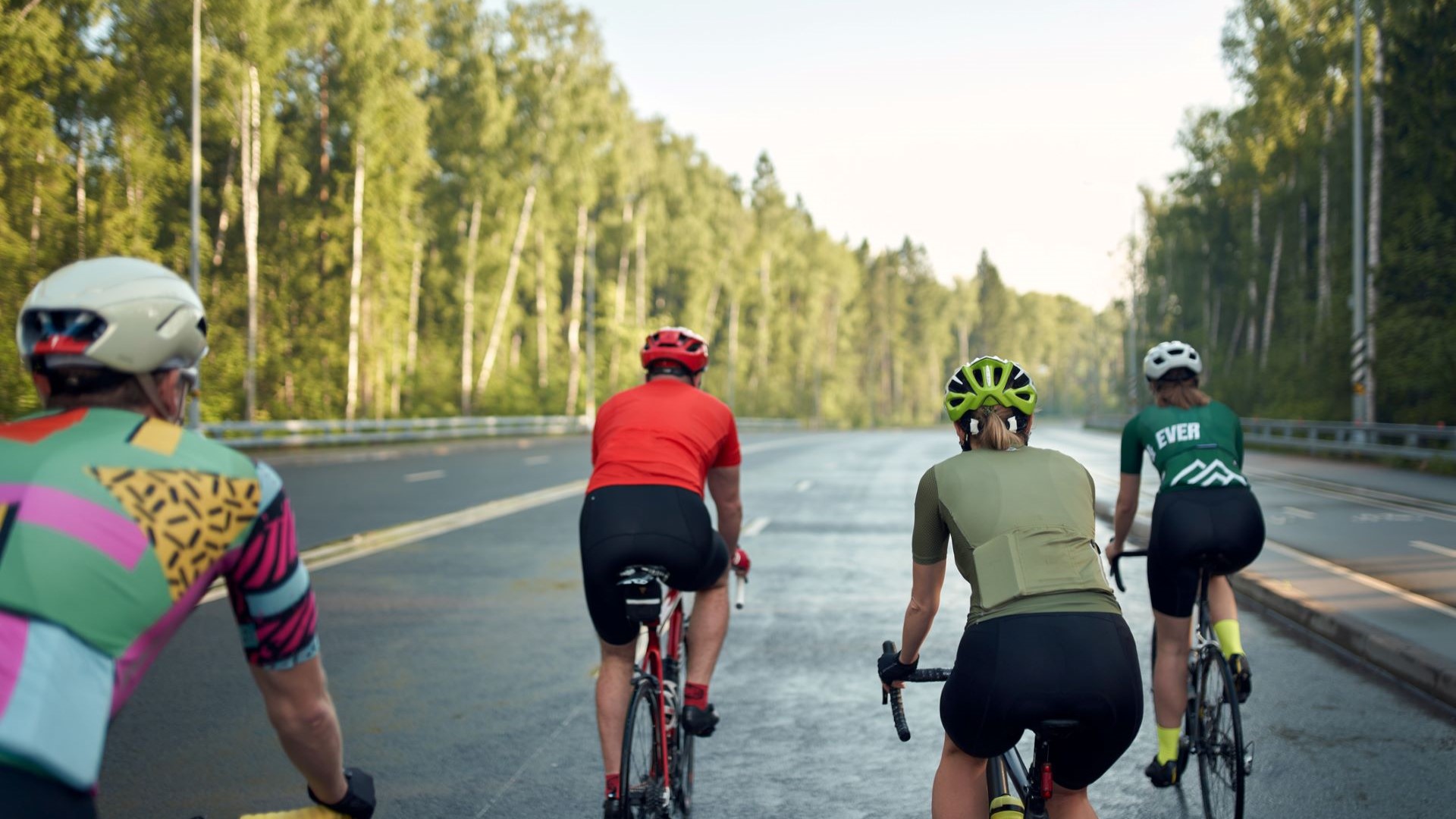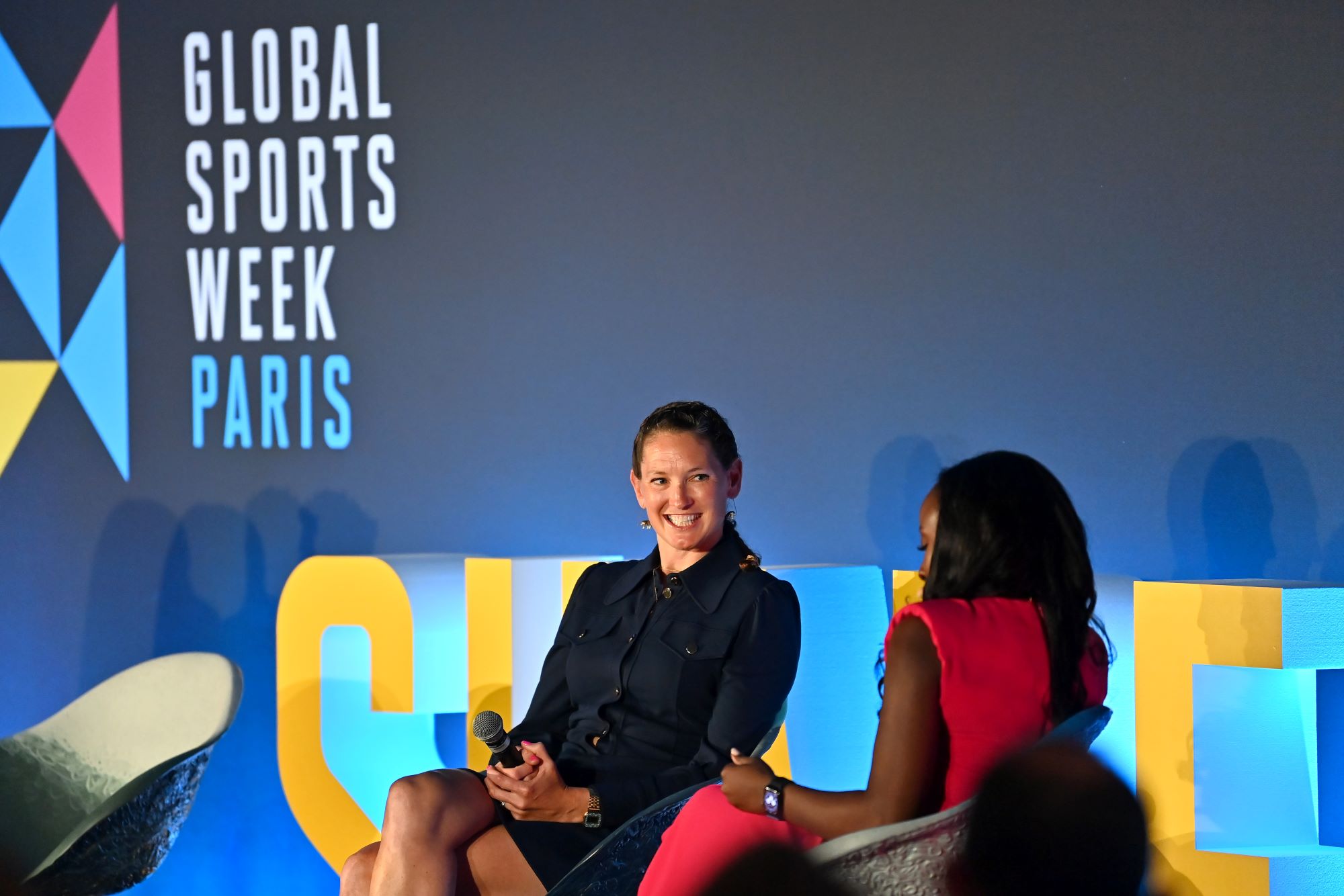
There are few industries in which women are treated equal to men when it comes to pay, respect and growth opportunities. Cycling is overwhelmingly not one of them, with a recent study finding that 71% of women in the cycling industry are considering leaving for greener pastures in other fields of work.
Despite recent initiatives to bolster women who work and compete in cycling, like the Uplift mentorship program and women’s versions of the biggest races on the WorldTour calendar – Paris-Roubaix Femmes and Tour de France Femmes avec Zwift– cycling is still an tremendously male-dominated world. Some key women are leading the charge to promote more gender equity in leadership positions in the industry, but that can be an exhausting, slow-moving battle to fight. After a decade in cycling, Hollie Weatherstone has had enough - one of the 71% considering leaving - she's now acted on that desire.
Gender diversity is not just a “nice-to-have”

Weatherstone most recently served as the global head of marketing for Muc-Off, a bike cleaning and servicing brand, but also spent time working at Canyon Bicycles and Scicon.
The former cycling marketing pro shares that being a woman in cycling has “definitely been a mixed bag.”
“[Working in the cycling industry] has been mostly positive, but there’s no denying you’ve got to put in the extra [work] to prove yourself,” Weatherstone says. “We’re making strides in diversity and equality, but it’s slower than I’d like; pay and leadership opportunities still have a ways to go [to fully support women in the industry].”
Weatherstone notes that achieving gender equality in pay and career growth for women in the cycling industry is “not just a nice-to-have – it’s critical.”
And she’s right – according to a report compiled by tech giant IBM, companies that prioritize growth opportunities for women reap benefits such as 61% higher revenue growth with 73% declaring they lead their field in customer satisfaction and 60% saying they are more innovative than competitors.
“Diverse leadership doesn’t just tick a box; it boosts profit and helps companies connect better with their clientele,” Weatherstone says. “On a cycling-specific level, I believe prioritizing diversity and inclusion would help attract new people into the sport and is key to solving the decline [in cycling sales] we are suffering currently. It’s all about pushing the cycling industry forward in a way that benefits everyone.”
“Being a mum means juggling a lot more in life, and the cycling industry’s stance on things like maternity benefits, flexibility and work-life balance falls short of my needs.”
Hollie Weatherstone
Pay and benefits are critical

Weatherstone says that her time in the industry has been “amazing” and she’s met incredible, passionate people, but that due to her changing personal and career goals, it’s time to look elsewhere for a 9-5 job.
“As my circumstances have changed over the past couple of years, I’ve had to rethink my path,” Weatherstone says. “Being a mum means juggling a lot more in life, and the cycling industry’s stance on things like maternity benefits, flexibility and work-life balance falls short of my needs. Plus, I’ve hit a bit of a plateau career-wise, and it’s made me consider where I can move professionally to grow and challenge myself in new ways.”
Cycling Weekly's Digital Editor, Michelle Arthurs-Brennan, comments:
Reading Weatherstone's sentiments around "juggling" mum life reminded me of comments made by former Country Leader UK at Cannondale, Nikki Hawyes, at Uplift's panel event held in London in November. Hawyes discussed the discomfort she felt had - earlier in her career - when leaving the office 'early' to pick her child up from nursery (at 6pm). Hearing her account just months after returning from maternity leave brought tears to my eyes. Parenthood is a two person job, but for many reasons which extend beyond our own industry, 'mum guilt' is a term we hear much more than 'dad guilt', making flexible working an important factor for many women.
Weatherstone hopes to find these growth opportunities in the jewelry industry, where she is now the Head of Marketing for Body Jewellry Ltd., the U.K.’s largest supplier of body jewelry and tattoo supplies.
Weatherstone’s challenge to continue pushing her career in cycling forward is consistent with Lean In’s findings: “Progress is slower for women at the manager and director levels, creating a weak middle in the pipeline and impacting the majority of women in corporate America,” the study found. “And the “Great Breakup” continues for director level women: they are leaving at a higher rate than in past years—and at a notably higher rate than men at the same level.”
Additionally, a quick search for director-and-above jobs in marketing in the cycling industry turn up a wide range of salaries – some as low as $32,000 for a director of marketing role at a local Colorado bike shop while others come in as high as nearly $200,000 for a director of marketing for well-established brands and governing bodies in the sport such as USA Cycling.
Paid time off (PTO) and maternity leave are also luck of the draw. For example, in North America, Trek [US] offers 12 paid weeks of maternity leave, while Specialized [US] only offers eight total weeks of paid disability leave in combination with “parental bonding” leave.
For those juggling a career, parenthood and sport, it’s no surprise that PTO and maternity leave could be make-or-break when it comes to choosing to stay in the cycling industry.
Is the cycling industry worth it?

Despite Weatherstone’s obstacles with career growth and benefits, she is still grateful for her time in the industry, and even recommends it to other women.
“If you are a young woman eyeing a future in cycling, absolutely go for it,” Weatherstone says. “The industry needs new perspectives, and change is on the horizon. You can make a difference in cycling, and with more women working in cycling, it’s only going to get better.”
Weatherstone’s recommendation to young women falls in line with what other women in the industry have shared. Global Brand Manager for Liv Bikes, Cassondra Spring recently said something to similar effect in an interview with Cycling Weekly:
“The industry needs new perspectives, and change is on the horizon.”
Hollie Weatherstone
“There has never been a better time to join the cycling industry to shape a more equitable future,” Spring says. “The world – and the industry – needs true ‘bike people,’ who love this sport and who have the intent to do things differently and to do them better than before.”
Initiatives such as the Uplift mentorship program and Women in Sports Tech (WiST) exist to help women both break into and grow their careers in cycling and sport. WiST even offers free resources such as webinars and a career toolkit catered to women in sport.
To sum up her feelings, Weatherstone leaves us with this thought: “There’s been progress, but there is also still plenty of road to cover when it comes to achieving gender equality in the cycling industry.”







